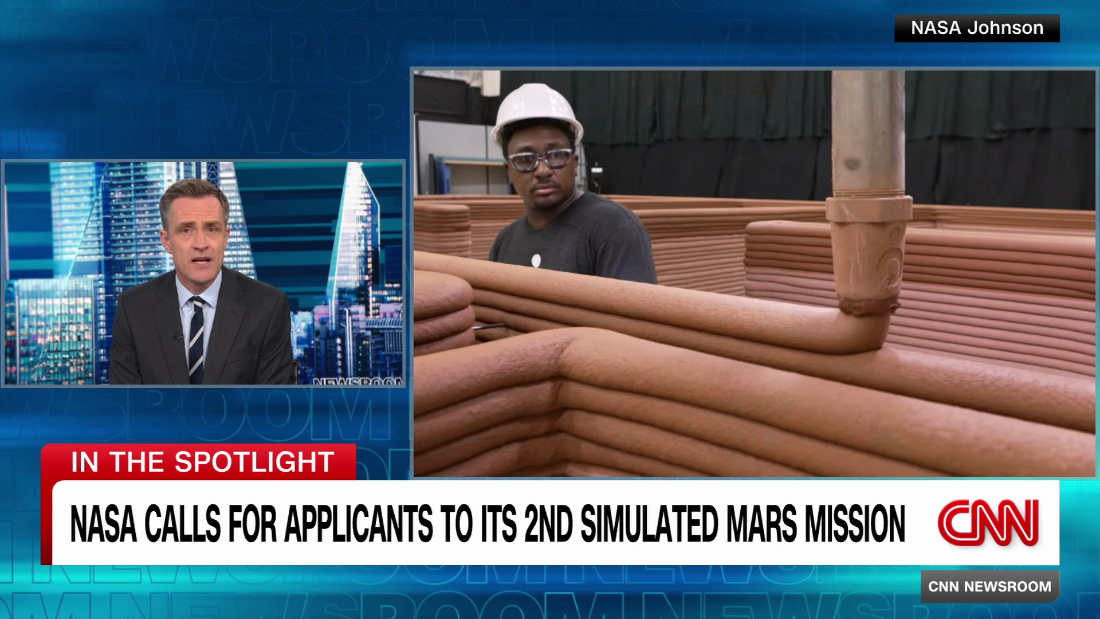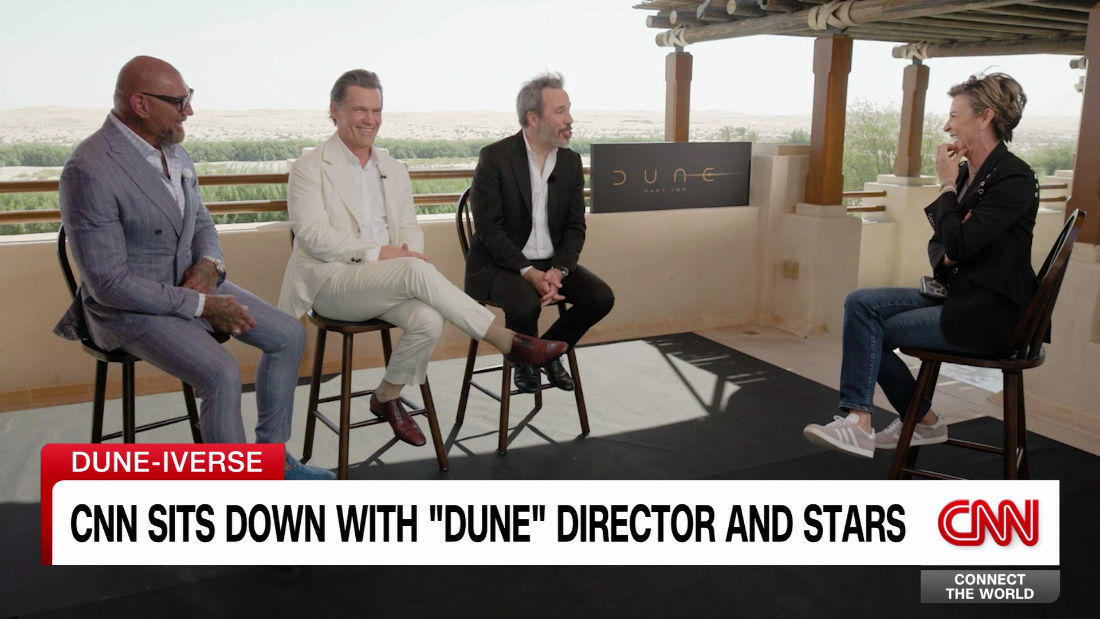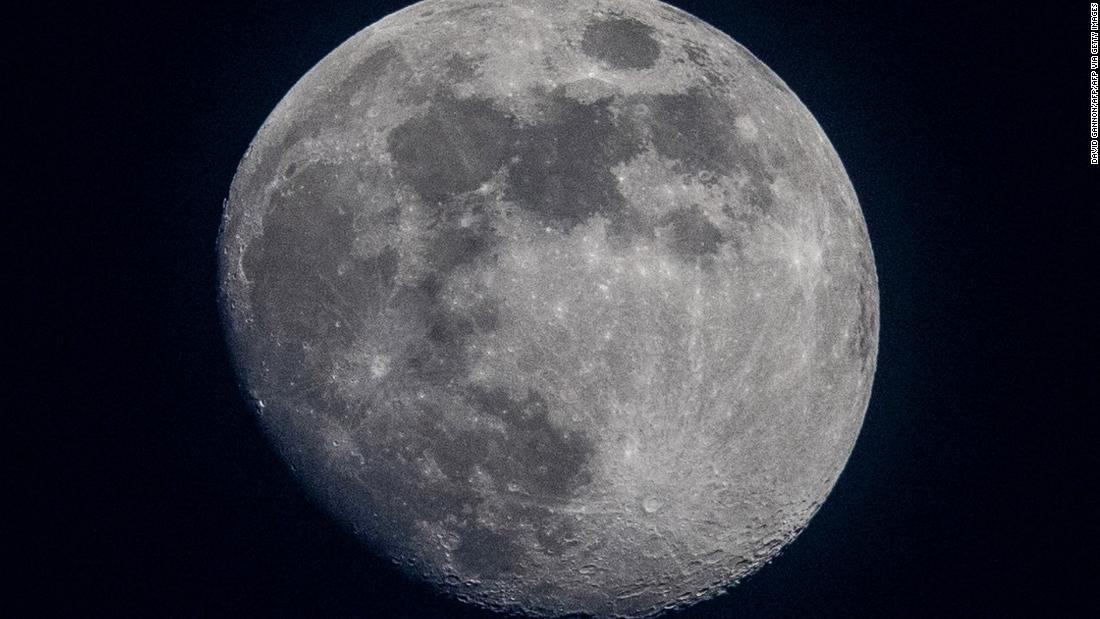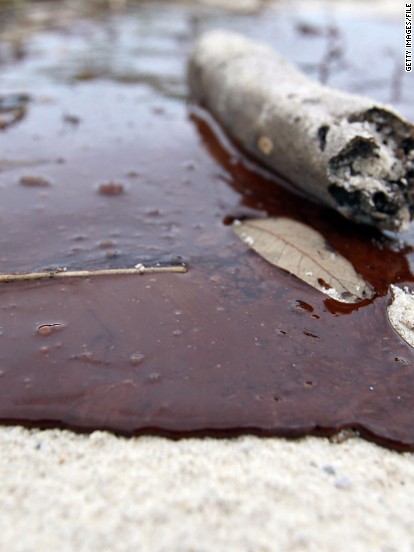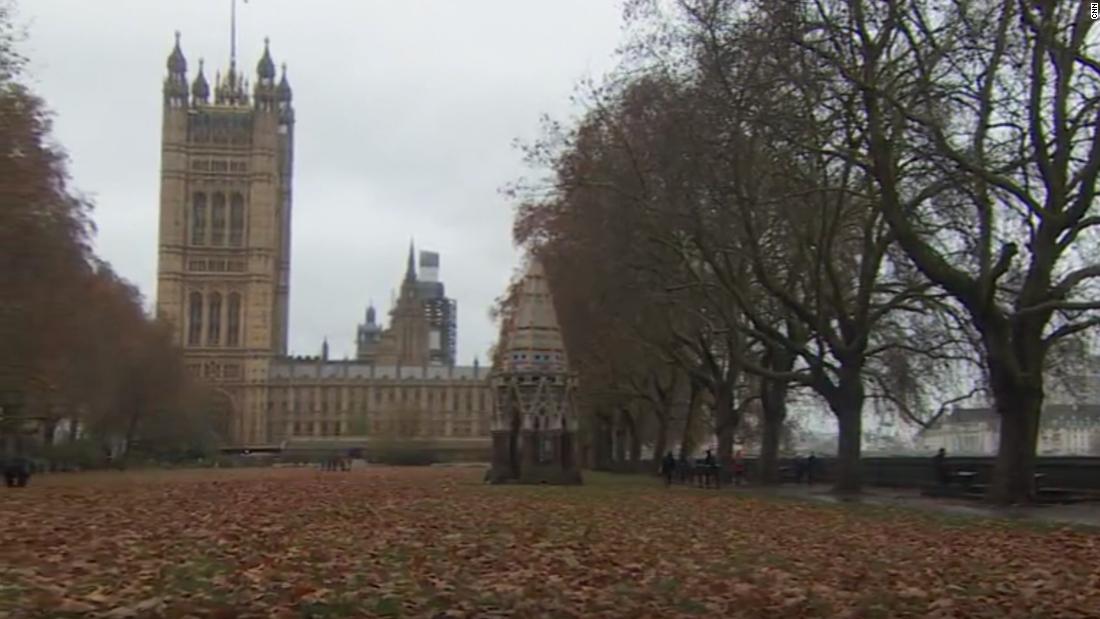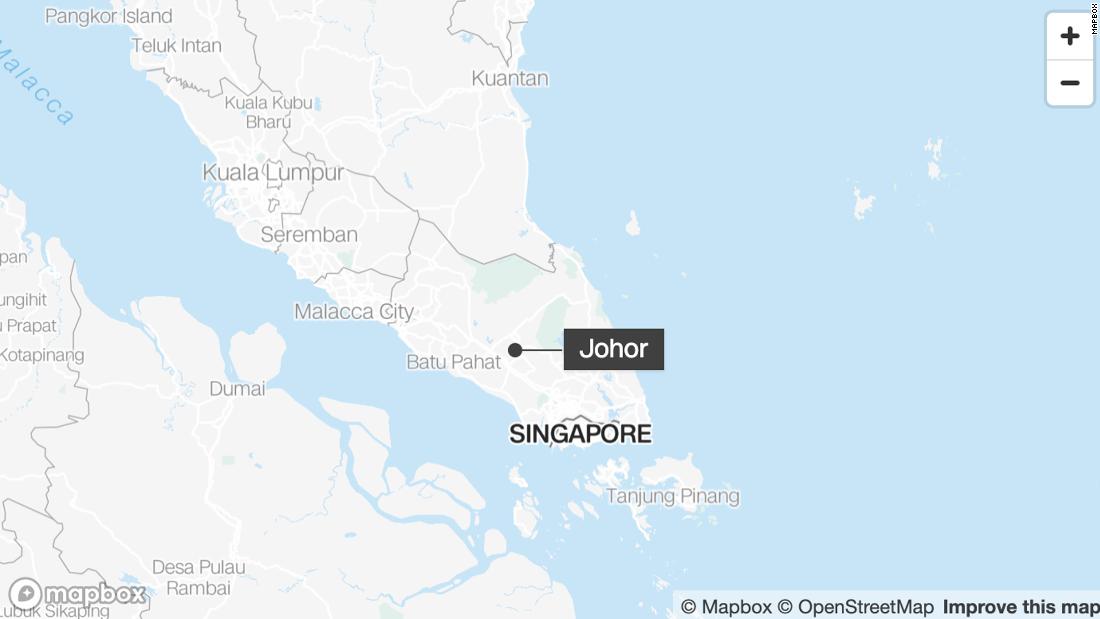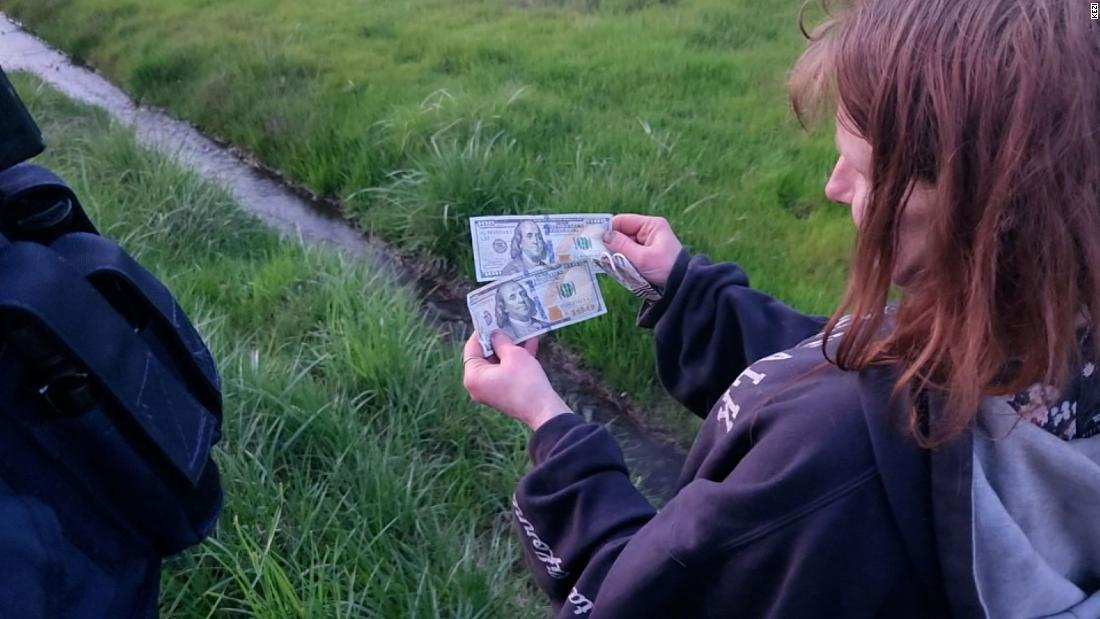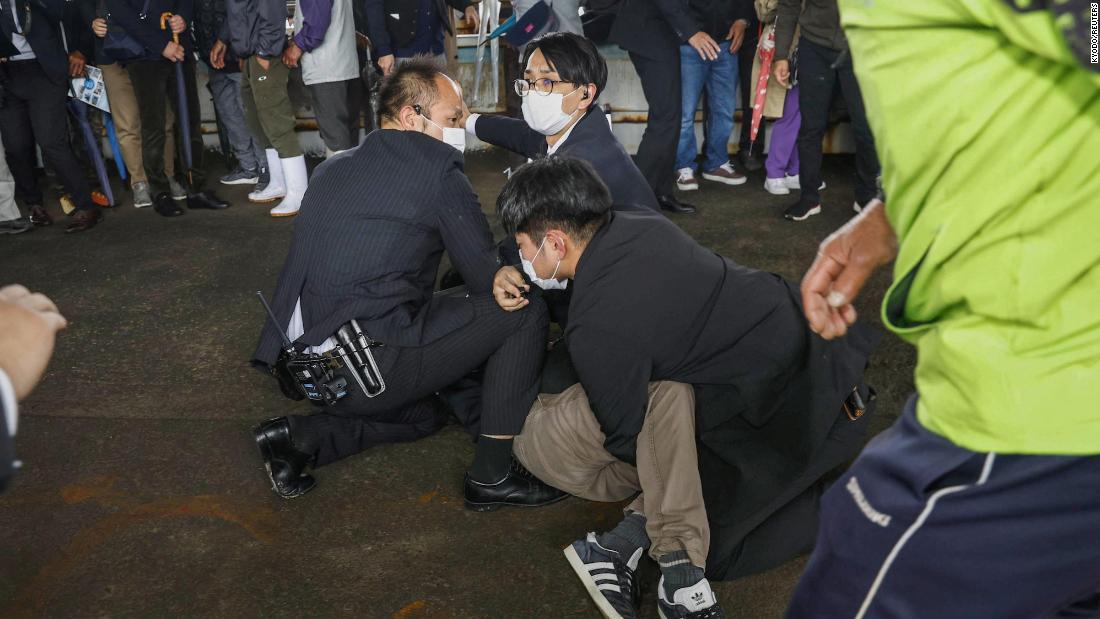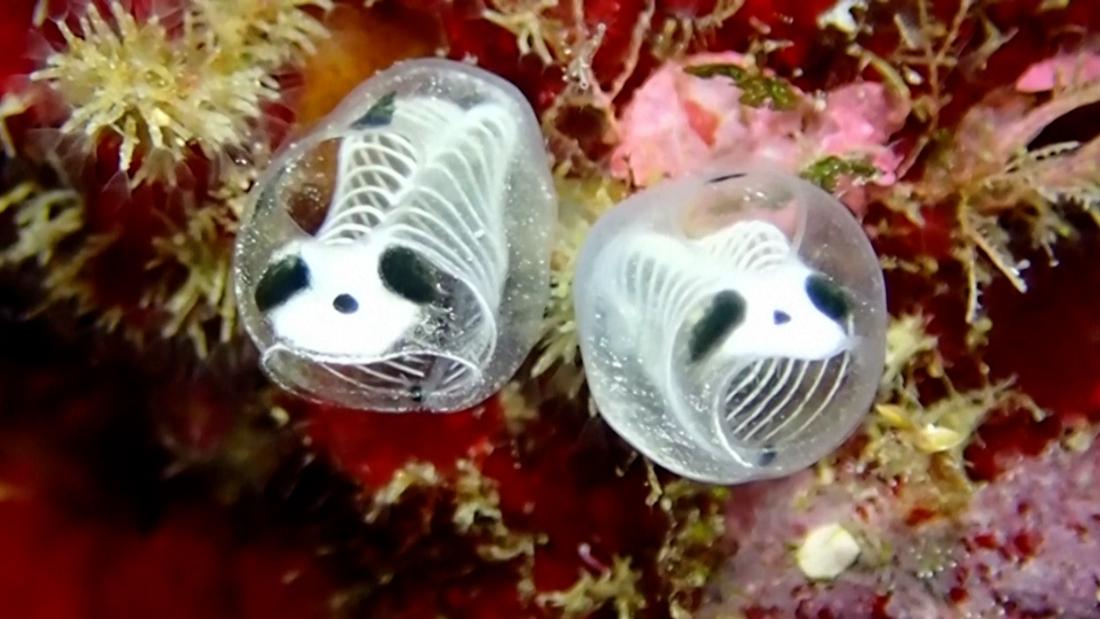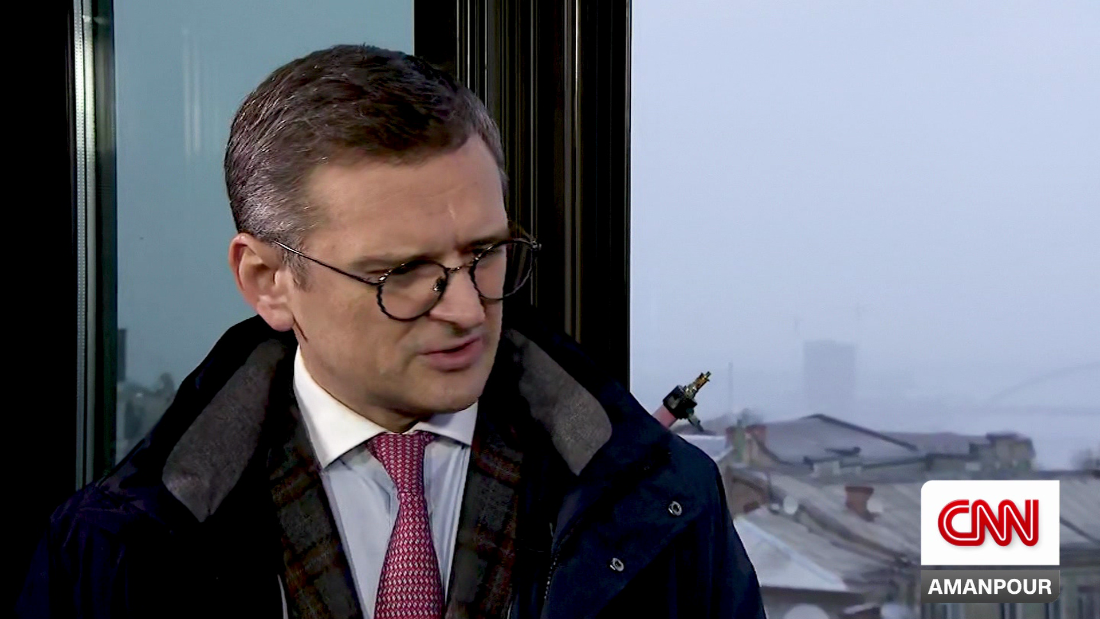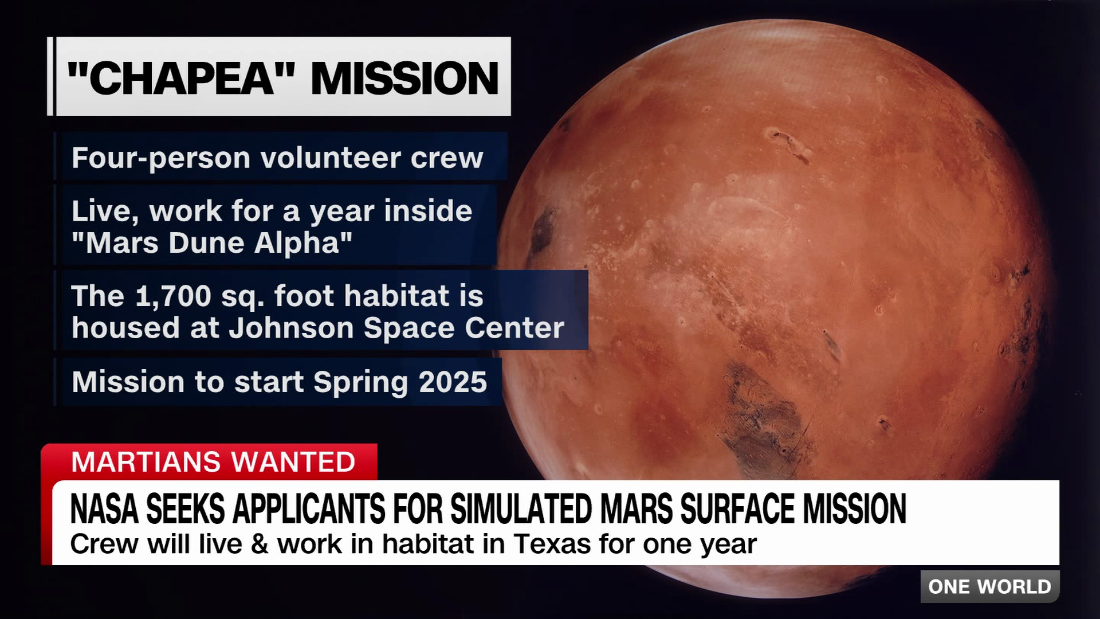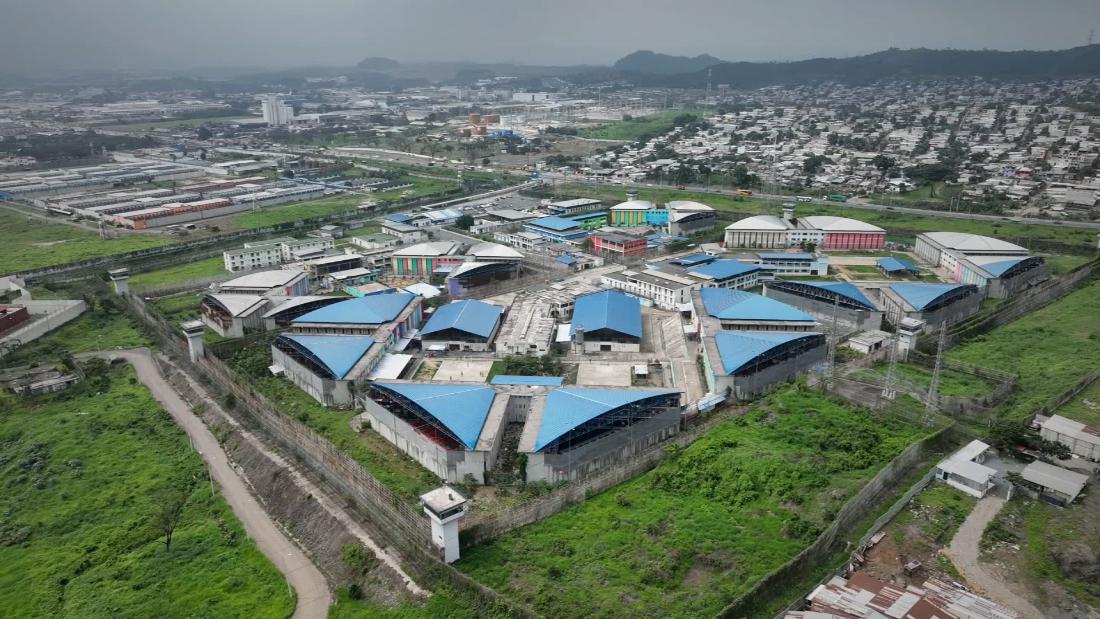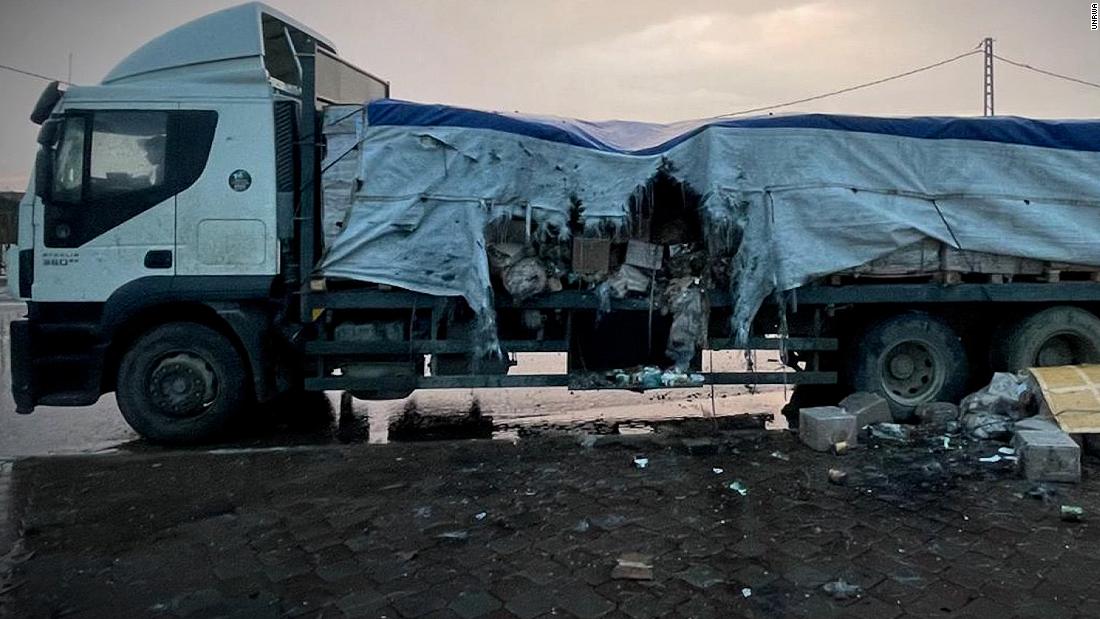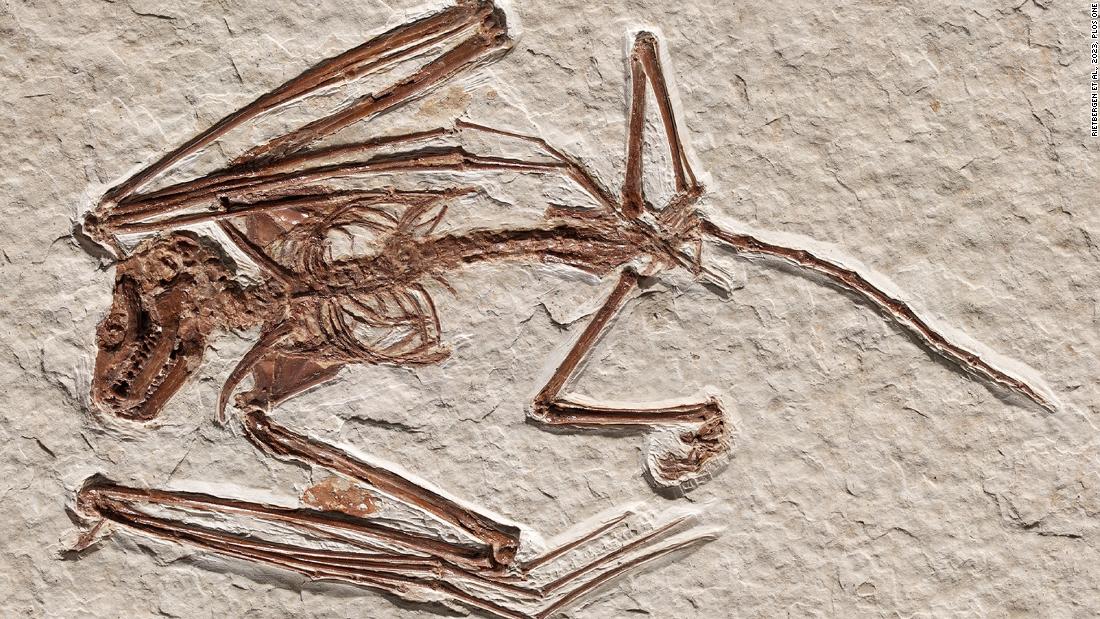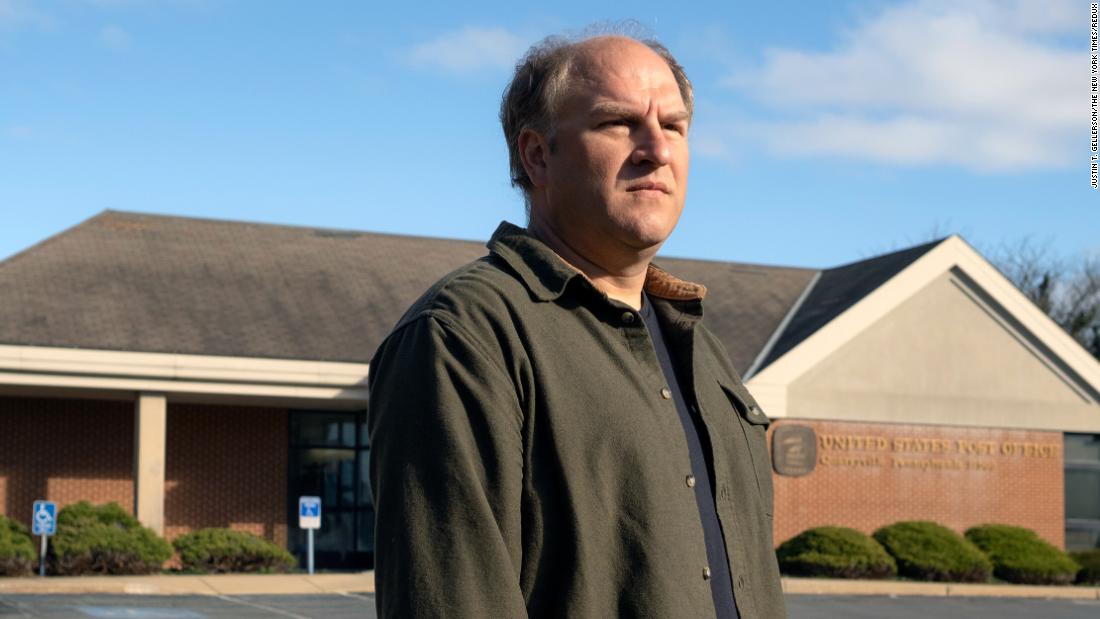A LONG-LOST Roman city that has baffled historians for centuries has finally been found on a Brit holiday hotspot island.
A team of archaeologists believes it has discovered one of two elusive Roman sites on the Spanish island of Majorca.
ASOME-UAB GroupArchaeologists on Majorca believe they have found one of two elusive Roman cities[/caption]
ASOME-UAB GroupA site called Son Fornés has turned up very encouraging signs[/caption]
ASOME-UAB GroupResearchers believe they are looking at either Tucis or Guium – both of which have gone undiscovered for centuries[/caption]
A celebrated Roman author called Pliny the Elder was the original source to write about two major cities, Tucis and Guium, which have never been found.
The settlements are repeatedly referenced in historical texts, but there were never any clues as to where they actually lay.
Now, however, a team of archaeologists believes their excavations at a 5,000-square-metre site on Majorca will finally turn up one of them.
Beatriu Palomar, one of the researchers on the team, said: “The structures that are beginning to be seen respond to a perfectly planned urban development plan.
“We would not be surprised if, when the centre of the explored area is excavated, we find one of the municipalities mentioned by Pliny the Elder that were never located.
“It does not seem unrealistic to us to think that Tucis or Guium are hidden beneath these structures; we would even bet on the former.”
Guium and Tucis are the two most mysterious Roman cities, because almost all the others have been subject to close analysis.
The absence of any physical evidence on their whereabouts up to this point had caused some researchers to question whether they ever even existed.
But there are very encouraging signs coming out of the dig site called Son Fornés – next to the town of Montuïri in the centre of the island.
Cristina Rihuete, researcher and director of the Son Fornés Archaeological Museum, said: “After what we’ve seen, and the amount of imperial material on the surface, as well as the tegulas (which clearly date high-ranking buildings, as they were purchased, just like amphorae and tableware), I’m very convinced that we have a very significant site in Roman times.”
There are two thousand years of culture and heritage preserved at the Montuïri site.
Within the soil are buried relics from 1,500 BC, during the time of the pre-Talayotic culture, through to the end of the Roman period shortly after the first century AD.
The team said: “There is no other site that we can say has endured so long and contains such long-standing evidence.”
Research at Son Fornés began in 1975.
The identity of the site has never been confirmed – but may soon become clear.
ASOME-UAB GroupThe breakthrough came despite there being no excavations this year[/caption]
ASOME-UAB GroupThe team believes the site is most likely to be Tucis[/caption]
Intriguingly, the breakthrough has come in a year when there no excavations have been carried out.
Rather, progress has been made through clearing, refurbishing and restoring relics discovered beneath the dirt.
Beatriu said: “The buildings that have been discovered show us a panorama that has exceeded all expectations.
“An entire urban planning process from the Roman Republican and Imperial periods has been revealed, opening up unprecedented perspectives for understanding the indigenous settlement of those times and the transformations that occurred following the Roman occupation of the island.”
But one vital question remains: is the site Tucis or Guium?
Beatriu said: “Tucis was a Latin oppidum, a city under Latin law integrated as a civitas stipendiaria, which gave it its own administrative and political organization within the Roman system.
“It developed during the 1st century and could well have found its place in Son Fornés,” and is therefore considered the more likely option.
Published: [#item_custom_pubDate]













